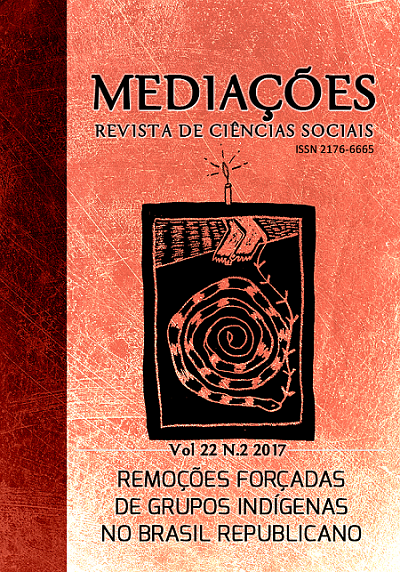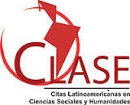Induced neglect: the exile of the Tapayuna and the Panará
DOI:
https://doi.org/10.5433/2176-6665.2017v22n2p179Keywords:
Tapayuna, Panará, Compulsory removed, Justice of reparationAbstract
The purpose of this article is to analyze the trajectory of contact and compulsory removal, in the period of the Military Dictatorship (1964-1985), of two indigenous peoples that belongs to a jê linguistic family: the Tapayuna and the Panará. The contact of both people with the expansion fronts in the state of Mato Grosso, between the 1950s and 1970s, had a disastrous impact on their lives. They were victims of genocidal, ethnocide and territorial spoliation. They were compulsory removed to the Xingu Indigenous Park: the Tapayuna were transferred in 1970, the Panará in 1975. After 22 years, the Panará return to a portion of their traditional land. The Tapayuna, nowadays, are inspired by the Panará process, requesting for the recognition by the process suffered and to have back their territorial autonomy. The text presents the events lived by each people and discuss the possibilities of a justice of reparation in the country.Downloads
References
ARNT, R. et al. Panará: a volta dos índios gigantes. São Paulo, SP: Instituto Socioambiental, 1998.
BATISTA DE LIMA, D. "Vamos amansar um branco para pegar as coisas": elementos da etno história Kajkhwakratxi-jê (Tapayuna). 2012. Dissertação (Mestrado em Antropologia Social) - Univeridade de Brasília, Brasília, 2012.
BARUZZI RG; JUNQUEIRA C. Parque Indígena do Xingu: saúde, cultura e história. São Paulo: Terra Virgem, 2005.
BECHELANY, F. C. Suasêri: a caça e suas transformações com os Panará. 2017. Tese (Doutorado em Antropologia Social). - Universidade de Brasília, Brasília, 2017.
CALHEIROS, O. No tempo da guerra: algumas notas sobre as violações dos direitos dos povos indígenas e os limites da justiça de transição no Brasil. Verdade, Justiça e Memória Revista, v. 9, n. 1, 2015.
COMAROFF, J.; COMAROFF, J. L. Of revelation and revolution. Chicago: University of Chicago Press, 1991.
COWELL, A. The tribe that hides from man. New York: Stein and Day, 1974.
DAVIS, S. H. Vítimas do milagre: o desenvolvimento e os índios do Brasil. Rio de Janeiro: Zahar, 1978.
GIRALDIN, O. Cayapó e Panará: luta e sobrevivência de um povo Jê no Brasil Central. Campinas, SPl: Ed. Unicamp, 1997.
HEELAS, R. The Social Organization of the Panara, a Gê Tribe of Central Brazil. PhD thesis. St. Catherine's College, Oxford University, 1979.
HEMMING, J. Ouro vermelho: a conquista dos índios brasileiros. São Paulo: EDUSP, 2007.
MEAD, D. L. Caiapó do sul, an ethnohistory (1610-1920). [s.l.] 2010. Thesis (PhD) - University of Florida, 2010.
RAMOS, A. R. Uma crítica da (des)razão indigenista. Anuário Antropológico, v. 1, n.32, p. 95-115, 2006.
SCHWARTZMAN, S. The Panara of the Xingu National Park: The Transformation of a Society. 1988. thesis (PhD) - University of Chicago, 1988.
VALENTE, R. Os fuzis e as flechas: história de sangue e resistência indígena na ditadura. São Paulo: Cia das Letras, 2017.
VASCONCELOS, E. A. Investigando a hipótese Cayapó do Sul-Panará. 2013. Tese (Doutorado em Linguística) - Universidade Estadual de Campinas, Campinas, 2013.
Downloads
Published
How to Cite
Issue
Section
License
Copyright (c) 2017 Daniela Batista de Lima, Fabiano Campelo Bechelany

This work is licensed under a Creative Commons Attribution 4.0 International License.
Copyright on articles published in Mediações belongs to the author(s): in the case of partial or entire republication of the original publication, we ask author(s) to indicate the original publication in the periodical.
Mediações uses the Creative Commons Attribution 4.0 International license, which allows Open Access, enabling any user to read, download, copy and disseminate its content so long as adequately referenced.
The opinions expressed by the author(s) are their sole responsibility.
































